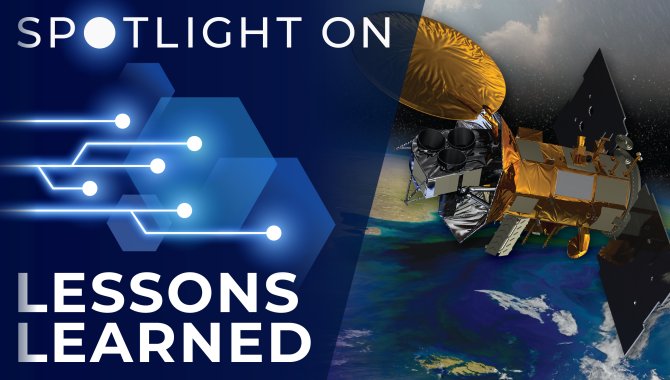
An international Earth-observing mission to study the salinity of the ocean surface ended in 2015 when an essential part of the spacecraft’s power and attitude control system stopped operating due to over-testing prior to launch.

An international Earth-observing mission to study the salinity of the ocean surface ended in 2015 when an essential part of the spacecraft’s power and attitude control system stopped operating due to over-testing prior to launch.
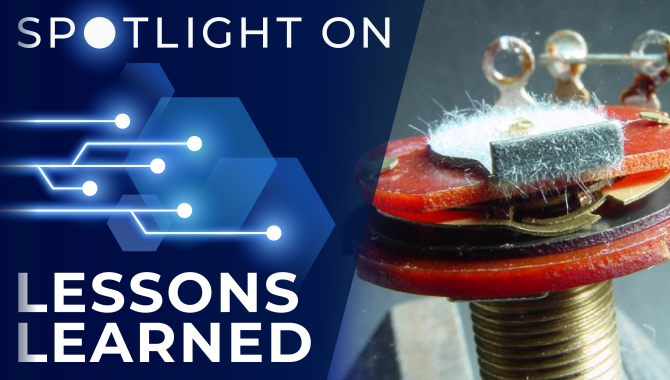
An investigation into the cause of intermittent electrical shorts on the Cassini space probe over a six-year period determined they were most likely due to the presence of tin whiskers.
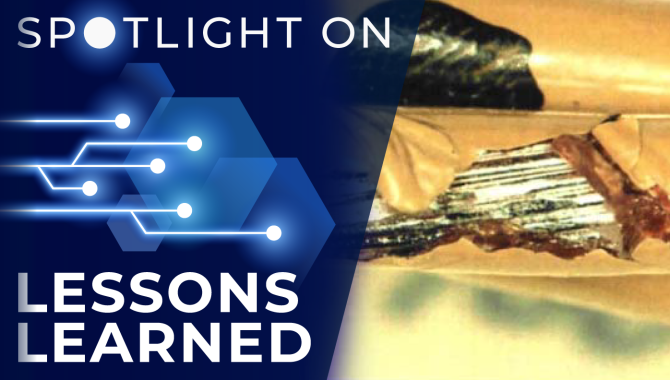
NASA has discovered wiring damage issues in every crewed vehicle system, but early indications suggest the new generation of vehicles appears to benefit from more simplified designs and lower technician traffic during integration.
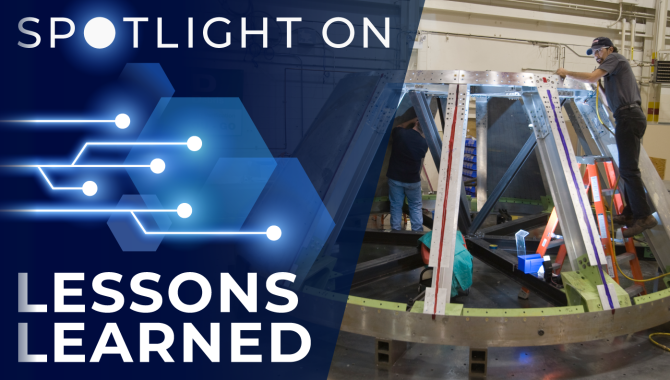
Employing qualified human factors personnel on a design team from the start of a program or project has proven to be successful and effective.
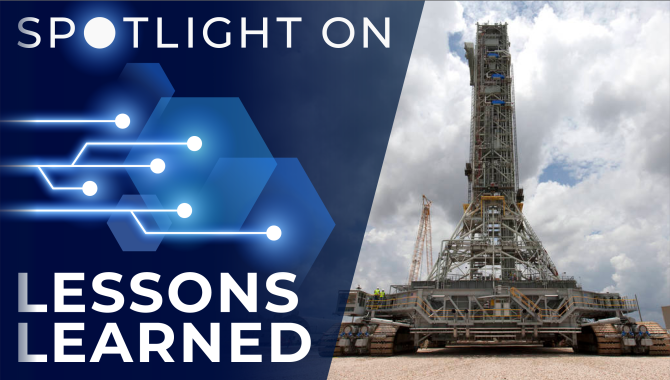
Redundancy and failure analysis should extend beyond end items and the subsystem under design and consider potential failure scenarios for all relevant interfacing subsystems.
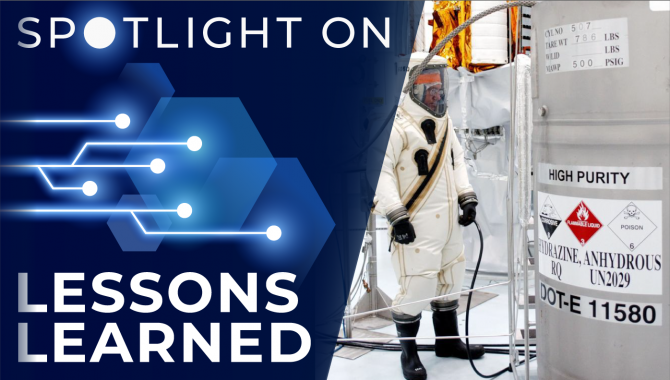
Best practices for conducting high-purity hydrazine elemental analysis processes must be followed to avoid sample contamination that could impact space missions.

While pinching copper tubes is a standard practice for many applications on Earth, it presents challenges for spaceflight applications.
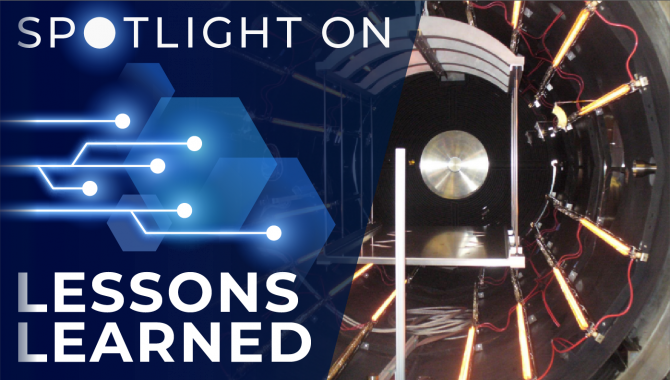
Potential modeling inaccuracy may be avoided in thermal vacuum tests by using heater plates instead of quartz lamps.

The Space Shuttle Transition and Retirement team demonstrated that identifying a cross-cutting environmental function and having an integrated team are essential to successful management and disposition of a large amount of property.